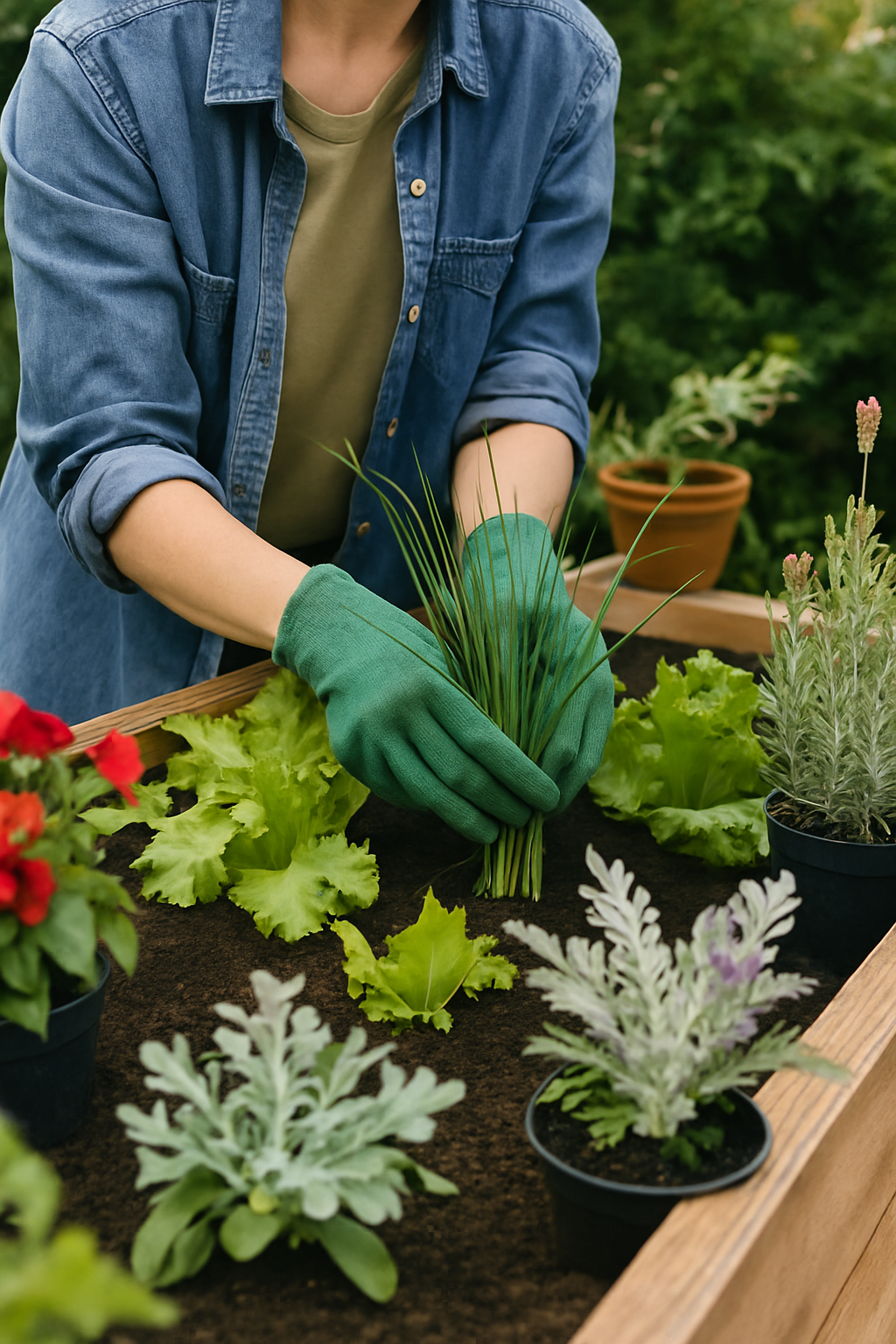For a child, the garden can be a world of adventure and fun. They are fascinating places full of mystery, colour, and limitless learning and discovery opportunities. With a little imagination and some planning, any outdoor space, large or small, can be transformed into a stimulating and safe space for children.
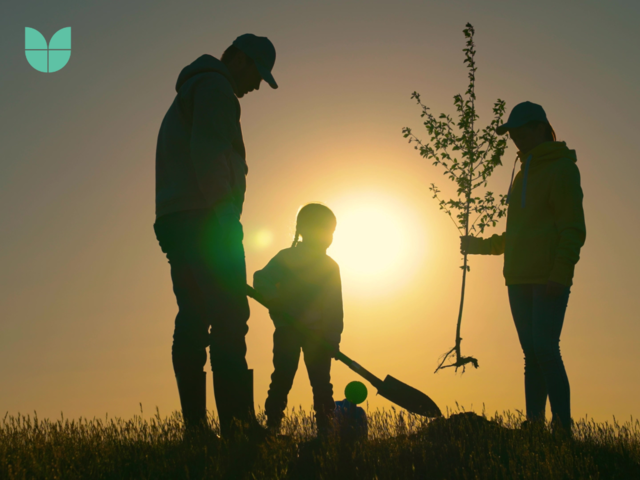
Start with a plan
A good garden begins with a plan. Before you begin designing, there’s a few things that you will need to think about.
Children's ages and interests
Consider the age and the interests of the youngsters who will use the garden. A toddler's needs are very different from those of a teenager and this will influence the design choices you will make. Interactive play structures may assist younger children, whilst older kids will most likely enjoy a more private nook for reading or hanging out with friends.
The dimensions and layout of your outdoor space
Take into account the size of your garden space and the limitations of its arrangement. Even the tiniest space can be transformed into a useful and enjoyable children's garden. Draw out the layout of your garden and consider how you can incorporate different zones throughout the space. They don't need to be large, it is more a case of separating out areas for different uses.
Considerations for safety
In a garden for children, especially young children, safety should not be ignored. Look around and find potential hazards and then figure out how to mitigate them. Water features for example, will need to be secured with additional safety measures in place for small children. Plus, potential falling hazards or certain plants should be avoided.
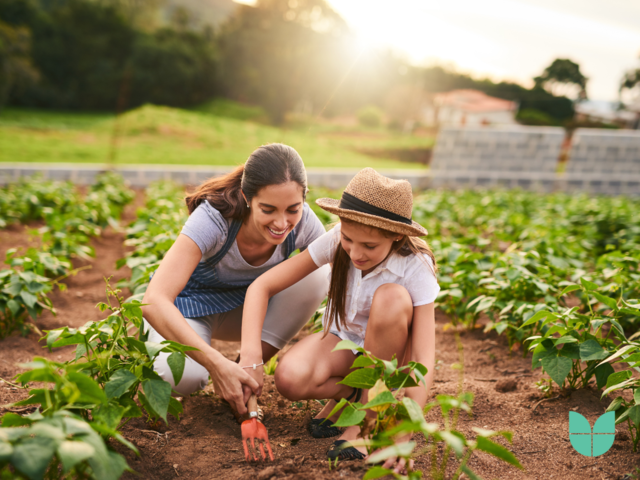
Involve the children
Try to involve the youngsters in the planning process. After all, it is their garden! Ask them what they want to do in their garden and urge them to draw or describe it. By including them in the design you will not only create a space that speaks to them personally, you will also make it a fun way to encourage them to spend time outside.
The essentials of a children's garden
Creating a garden that meets the different needs of a child may appear to be a big endeavour, but by breaking it down into pieces, it becomes more achievable. Here are the main factors to consider:
Additional, safety:
No matter how entertaining or educational a garden is, safety should always come first. Here are some more tips for keeping your yard safe for children:
-
Secure the Perimeter: Enclose the garden to keep children from wandering out. If you live near a road or have a pool, make certain that these areas are securely cordoned off.
- Choose Safe materials: In areas where children will be actively playing, consider using soft, impact-absorbing materials such as rubber mats, mulch, or grass.
- Plant Safety: Plants with thorns, needles or poisonous plants should be avoided. Do some research and, if in doubt, seek the advice of an expert.
- Sun Protection: Provide areas of shade for sun protection, especially during peak hours of the day.
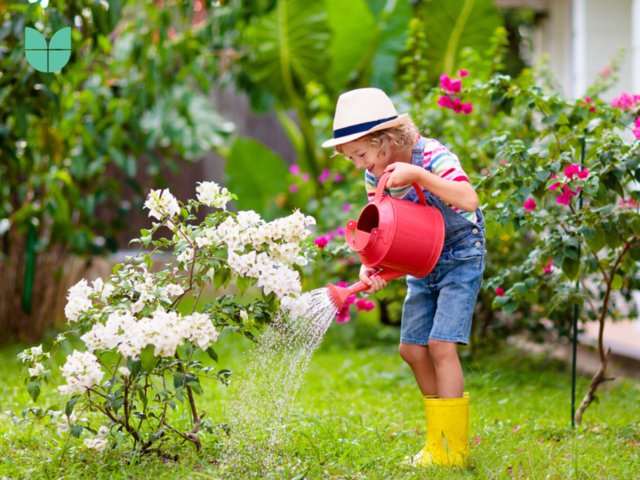
Sensory and interactive elements
Children learn through their senses and a garden is an excellent area to encourage this.
- Sight: Make the landscape visually appealing by using brilliantly coloured flowers, greenery, and garden accessories.
- Smell and touch: Include plants with unique textures and smells. Plants with fuzzy leaves such as lamb's ear, and lavender, rosemary, and mint, can provide rich sensory sensations.
- Sound: Features such as wind chimes, rustling grasses, or even a DIY music wall with different objects that children can hit to create sound, can add an auditory element to your garden.
- Taste: Growing edible plants, such as strawberries, tomatoes, and herbs, can offer a delightful taste experience for children.
Play areas
Play is vital for a child's growth and a garden provides ample opportunities for lots of different types of play:
- Swings, slides, treehouses, and sandboxes encourage physical play and help children develop motor skills.
- A small garden house, a fairy garden, or a pirate ship can be transformed into a place where their imaginations can run wild.
- Create a space for artistic expression, such as a chalkboard wall, a painting station, or a clay and playdough corner.
- Kids enjoy getting their hands dirty! Messy play may be a lot of fun, whether it's a mud kitchen, a digging pit, or a room for crafting potions from flower petals and water.
Element of education
The garden serves as a natural school for students to learn about science, nature, and their surroundings:
- Grow Your Own: Providing children with a little plot where they can grow and nurture their own veggies, fruits, or flowers can educate them about plant life cycles, responsibility, and patience.
- Attractions for Wildlife: Features such as a bird feeder, a bug hotel, a butterfly bush, or a small pond can attract wildlife while also providing countless learning opportunities.
- Setting up a modest weather station where children can measure rainfall, wind direction, and temperature might pique their interest in meteorology.
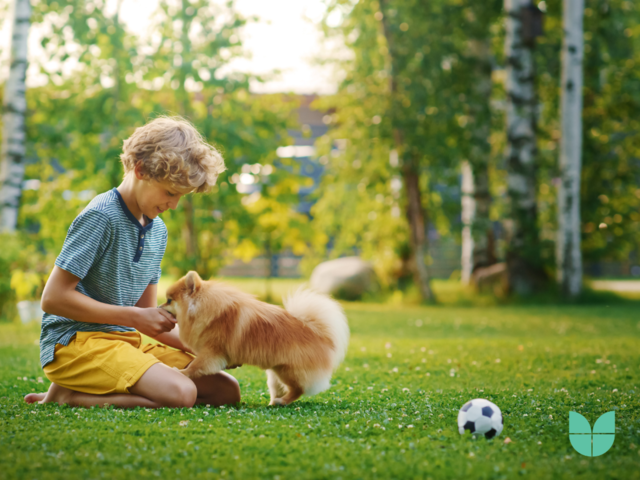
Spaces that are comfortable and relaxing
As well as areas for active play, there should be areas for children to relax, decompress, and simply enjoy being in the garden:
- Seating Areas: Child-sized seats, a hammock, or a picnic blanket can provide comfy locations for reading, picnicking, or cloud-watching.
- Shady Areas: Provide enough shady areas in the garden for youngsters to escape the midday sun.
- Water Element: A small, child-safe water element can create a peaceful ambient sound and a place for quiet contemplation.
Design that is adaptable and evolving
The garden should be able to adapt as children grow and their interests change. Avoid permanent constructions unless they can serve multiple purposes throughout time. A sandbox, for example, might be converted into a raised flower bed in the future.
Putting together a children's garden is a fun and rewarding undertaking. It's an investment in your child's health, education, and happiness. You can change your outside space into a wonderful garden that grows with your child. All it takes is a little planning, some imagination, and flexibility. Cast your mind back to the wonder of being a child and enjoy the playfulness of where it takes you.
Keep in mind that perfection is not the goal here. Digging, planting, exploring, and imagining bring delight and learning. So get out there, get your hands dirty. Start making memories and planting seeds of love for nature.
Keep an eye out for further insights from our academy, and do share any questions or ideas you have about building a garden for children.
We provide a variety of garden design courses that benefit everyone from novice garden enthusiasts to experienced designers. Each course digs into the practical tools, innovative approaches, and fundamental principles that underpin successful, long-term landscape design.
Our Garden design courses are meticulously designed and delivered by experts in the industry. We offer a flexible learning experience that can work around your schedule. We combine online learning with practical projects and by the end of each unit, you'll have the skills and knowledge needed to turn any outside space into a garden paradise.
Visit our Academy website today to learn more about our courses or to sign up. Let's share our enthusiasm for gardening!

